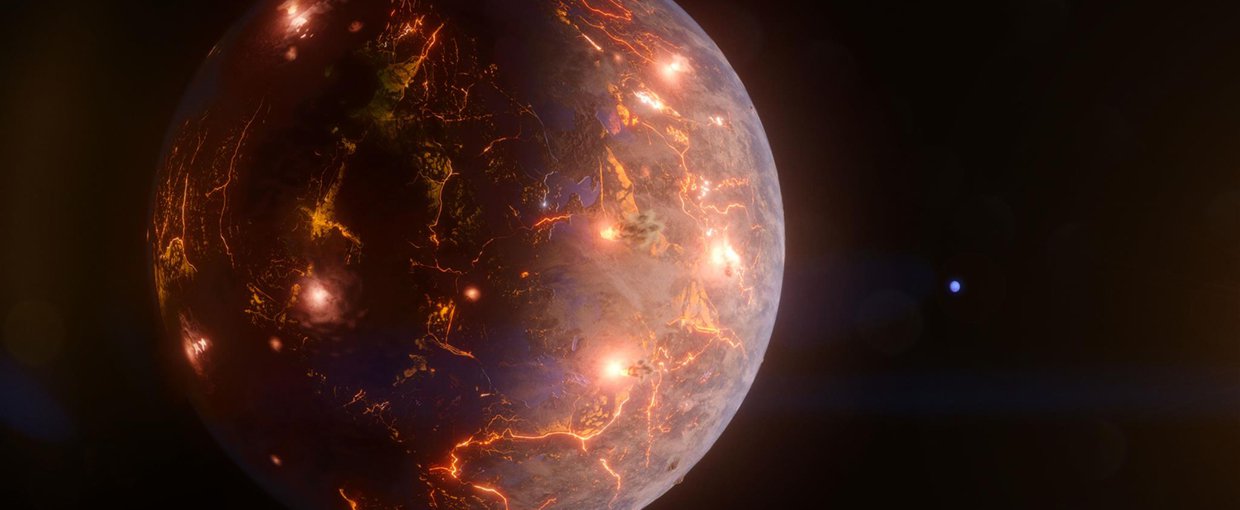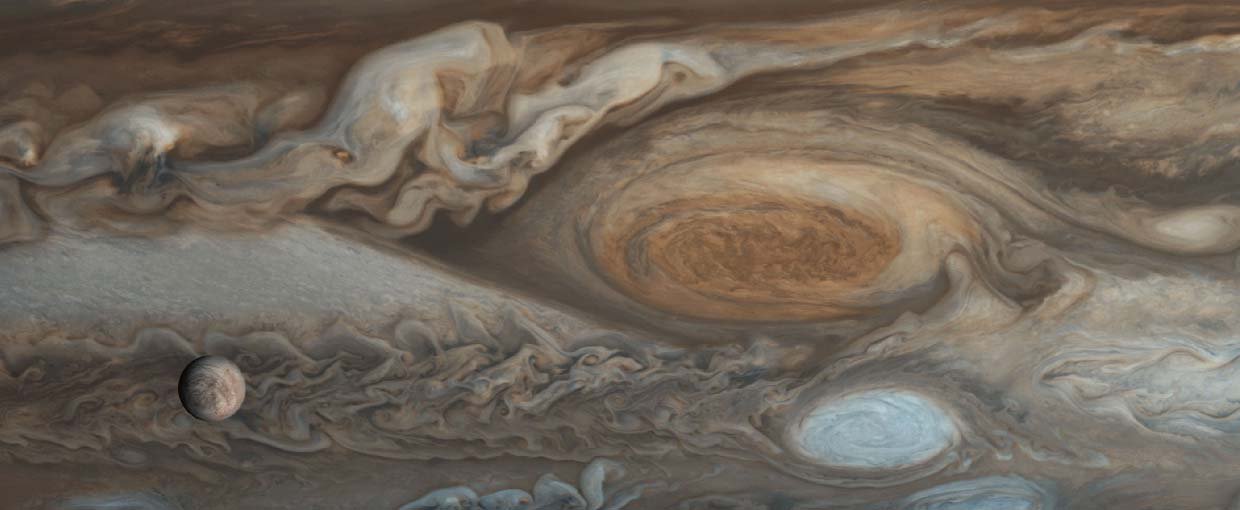Müller-Wodarg, I. C. F., Yelle, R. V., Cui, J., & Waite, J. H. (2008). Journal of Geophysical Research, 113(E10), None. doi:10.1029/2007je003033
Nakanishi, N., Yuan, D., Jacobs, D. K., & Hartenstein, V. (2008). Dev Genes Evol, 218(10), 511–524. doi:10.1007/s00427-008-0239-7
Yuan, D., Nakanishi, N., Jacobs, D. K., & Hartenstein, V. (2008). Dev Genes Evol, 218(10), 525–539. doi:10.1007/s00427-008-0254-8
Bailey, J., Meadows, V., Chamberlain, S., & Crisp, D. (2008). Icarus, 197(1), 247–259. doi:10.1016/j.icarus.2008.04.007
Jahnke, L. L., Orphan, V. J., Embaye, T., Turk, K. A., Kubo, M. D., Summons, R. E., & Des Marais, D. J. (2008). Geobiology, 6(4), 394–410. doi:10.1111/j.1472-4669.2008.00165.x
Martin, W., Baross, J., Kelley, D., & Russell, M. J. (2008). Nat Rev Micro. doi:10.1038/nrmicro1991
None (2008). Nature, 455(7210), 137–138. doi:10.1038/455137b
Orphan, V. J., Jahnke, L. L., Embaye, T., Turk, K. A., Pernthaler, A., Summons, R. E., & Des Marais, D. J. (2008). Geobiology, 6(4), 376–393. doi:10.1111/j.1472-4669.2008.00166.x
Rodríguez, L. F., Torrelles, J. M., Anglada, G., & Reipurth, B. (2008). The Astronomical Journal, 136(5), 1852–1856. doi:10.1088/0004-6256/136/5/1852
Rothschild, L. J. (2008). The evolution of photosynthesis...again? Philosophical Transactions of the Royal Society B: Biological Sciences, 363(1504), 2787–2801. doi:10.1098/rstb.2008.0056



